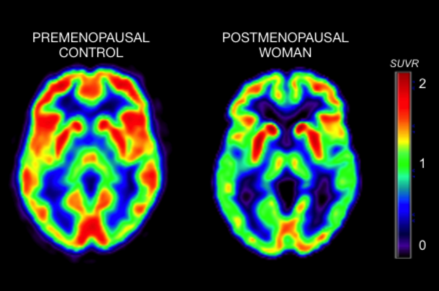Alzheimer Research | Mental Health Studies

 This Alzheimer’s study takes a 2 year look monitoring brain status of 400 people to better understand where the earliest signs appear.
This Alzheimer’s study takes a 2 year look monitoring brain status of 400 people to better understand where the earliest signs appear.
Some 10-20 years before symptoms become noticeable to others, beta-amyloid begins accumulating in the default mode network of the brain in people with Alzheimer’s disease, according to a study published online in Nature Communications.
“A big piece of the puzzle in Alzheimer’s research is now falling into place,” said Sebastian Palmqvist, MD, PhD, associate professor at Lund University and physician at Skåne University Hospital, Scania, Sweden.
“We previously did not know where in the brain the earliest stages of the disease could be detected. We now know which parts of the brain are to be studied to eventually explain why the disease occurs.”
The study included data from more than 400 people in the United States and about as many from Sweden who were at increased risk of developing Alzheimer’s. Over a 2-year period, researchers monitored the brain status of all participants then compared the findings to a control group of participants with no signs of Alzheimer’s disease. In participants at increased risk, researchers identified an initial accumulation of beta-amyloid in the brain’s default mode network. The network belongs to the more advanced part of the brain and, among other things, processes and links information from lower systems, they explained.
In participants at increased risk, researchers identified an initial accumulation of beta-amyloid in the brain’s default mode network. The network belongs to the more advanced part of the brain and, among other things, processes and links information from lower systems, they explained.
According to the study, communication activity in the brain changes in connection with early retention of beta-amyloid, even though symptoms of Alzheimer’s aren’t yet outwardly noticeable.
Dozens of Alzheimer’s Drugs Set to Launch
- In addition to guiding future research, the study findings offer clinical benefit, researchers noted.
“Now that we know where Alzheimer’s disease begins, we can improve the diagnostics by focusing more clearly on these parts of the brain, for example in medical imaging examinations with a positron-emission tomography (PET) camera,” said Oskar Hansson, MD, PhD, a professor at Lund University and a medical consultant at Skåne University Hospital.


